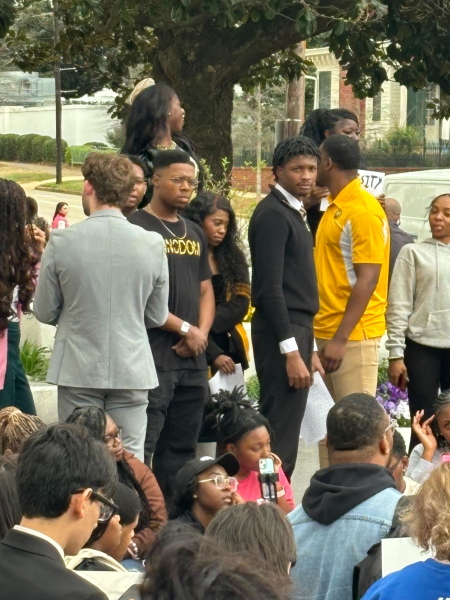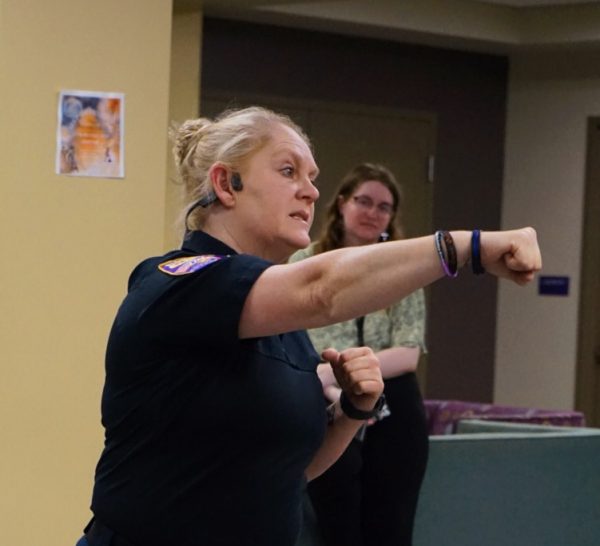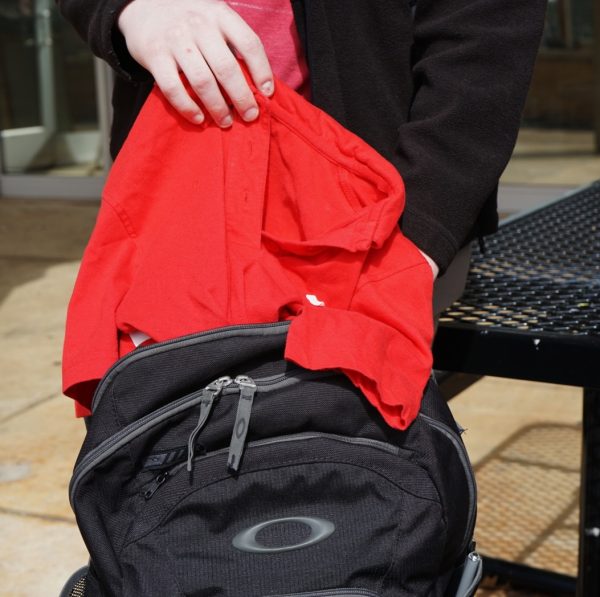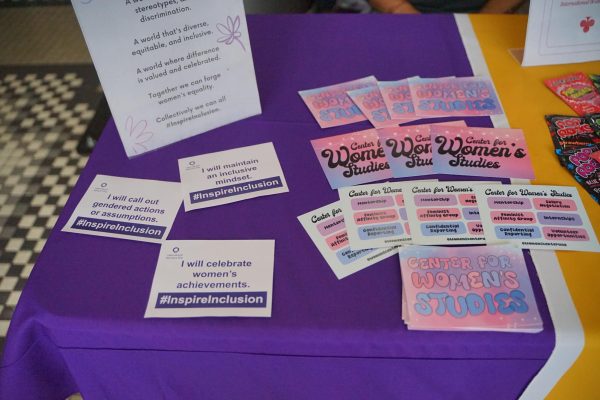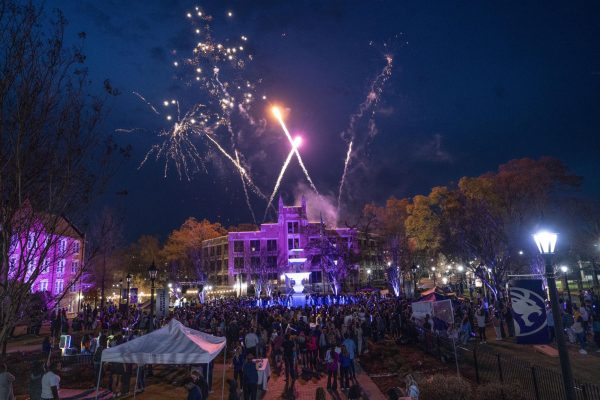Recent study confirms low freshmen applicant attendance
January 23, 2014
A recent study conducted by the Office of Institutional Research, Planning and Assessment showed only 34 percent of accepted freshman attended UNA in the 2013 fall semester.
The lower enrollment number was not unique to UNA, said Kimberly Mauldin, director of admissions.
“Most of the universities (in Alabama) had large application rates, but we didn’t have the percentage yield,” Mauldin said. “We usually yield about 40 percent of our new freshmen applications, so we were all expecting to have great numbers. Our yields were all less than we expected.”
The study, called Where Did They Go: An Analysis of Why Admitted Students Did Not Enroll in UNA, also showed 46 percent of the students that did not attend UNA went to community colleges. This is probably due to the financial strain, Mauldin said.
“I think students perceive the cost of UNA exceeding what they can afford,” Mauldin said. “They don’t look at the value of the education they are getting. When they look at $2,000 a semester, versus $4,000 or $5,000 a semester, it becomes a financial decision for many students and their families.”
UNA seems like a better option than a community college, said Brandon Crowder, a freshman.
“I had scholarships, and I had a pell grant to pay for (UNA),” Crowder said. “That helped me choose this over a community college. Here, you get your money’s worth, and you get more time with the professors — with it being more personal.”
The study also showed 22 percent of the students that went to universities offering master’s degrees went to private universities, said Andrew Luna, director of the Office of Institutional Research, Planning and Assessment.
“We know that some of these are faith-based institutions that they went to, like Samford and Freed-Hardeman,” Luna said. “We know that some of them are, what we call, historically black colleges or universities like Tuskegee and Miles College, but we aren’t exactly sure why theychose private universities, which cost considerably more.”
Freshman Frances Boley was attracted to the unique programs at UNA, she said.
“UNA had the culinary arts program,” Boley said. “Not a lot of colleges around here have that. I didn’t have enough money to go to the Art Institute, so I decided on UNA.”
UNA has taken a number of steps to increase enrollment for next year, Mauldin said.
“We have increased our presence at some of the high schools that are down toward the Birmingham area by going to visit them,” Mauldin said. “In years past, we’ve seen them at college fairs, but we’ve made a real strong effort of getting into those high schools. In the past, we may not have done that outside of this 60-mile radius.”
There will also be new financial options for students to consider, Mauldin said.
“The Financial Services Office came up with a reallocation of some of our scholarship dollars for the (high school) class of 2014, and we’ve created some new scholarships,” Mauldin said. “They’re called Vanguard Scholarships, and they’re for students with 23 and 24 ACT scores. We’re also going to award some scholarships for non-resident students who live outside of our market of Tennessee, Mississippi and Alabama, who are being charged the out-of-state fee.”
Scholarships play a role in where students decide to go to college, said Savannah Thompson, a freshman.
“I got a lot more (scholarships) from UNA than I did from anywhere else,” Thompson said. “It has helped me save a lot more. However, if there was more money to be saved by going somewhere else, then I probably would have.”
UNA is worth the cost, said Anthony Fleming, a freshman.
“(UNA is) close to home, and I felt like the environment here was right,” Fleming said.



